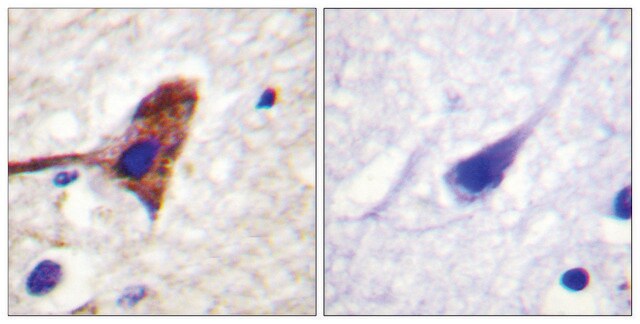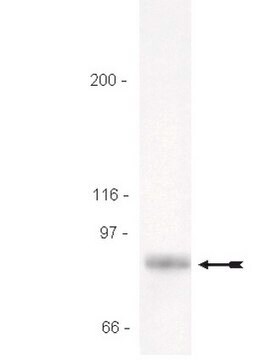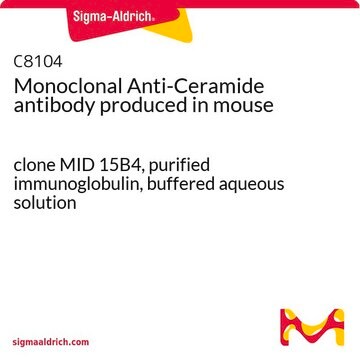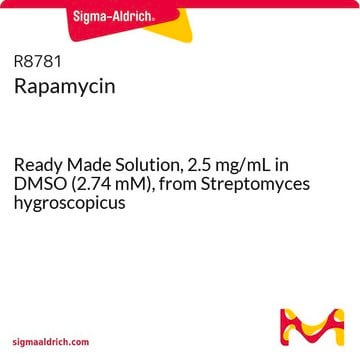T2949
Anti-mTOR antibody produced in rabbit
1.0-1.5 mg/mL, affinity isolated antibody, buffered aqueous solution
Synonyme(s) :
Anti-FKBP-12 rapamycin associated protein, Anti-FRAP, Anti-RAFT, Anti-SEP
About This Item
Produits recommandés
Source biologique
rabbit
Conjugué
unconjugated
Forme d'anticorps
affinity isolated antibody
Type de produit anticorps
primary antibodies
Clone
polyclonal
Forme
buffered aqueous solution
Poids mol.
antigen 289 kDa
Espèces réactives
rat, human, mouse
Concentration
1.0-1.5 mg/mL
Technique(s)
immunoprecipitation (IP): 1.0-1.5 μg using 300 μg RIPA extract of human transformed kidney HEK 293T cells
microarray: suitable
western blot: 1:2,000 using whole extracts of rat brain tissue
western blot: 1:500 using mouse brain tissue
Conditions d'expédition
dry ice
Température de stockage
−20°C
Modification post-traductionnelle de la cible
unmodified
Informations sur le gène
human ... FRAP1(2475)
mouse ... Frap1(56717)
rat ... Frap1(56718)
Description générale
Spécificité
Immunogène
Application
Western Blotting (1 paper)
Forme physique
Clause de non-responsabilité
Not finding the right product?
Try our Outil de sélection de produits.
En option
Code de la classe de stockage
10 - Combustible liquids
Classe de danger pour l'eau (WGK)
WGK 3
Point d'éclair (°F)
Not applicable
Point d'éclair (°C)
Not applicable
Certificats d'analyse (COA)
Recherchez un Certificats d'analyse (COA) en saisissant le numéro de lot du produit. Les numéros de lot figurent sur l'étiquette du produit après les mots "Lot" ou "Batch".
Déjà en possession de ce produit ?
Retrouvez la documentation relative aux produits que vous avez récemment achetés dans la Bibliothèque de documents.
Les clients ont également consulté
Articles
Cancer stem cell media, spheroid plates and cancer stem cell markers to culture and characterize CSC populations.
Notre équipe de scientifiques dispose d'une expérience dans tous les secteurs de la recherche, notamment en sciences de la vie, science des matériaux, synthèse chimique, chromatographie, analyse et dans de nombreux autres domaines..
Contacter notre Service technique












